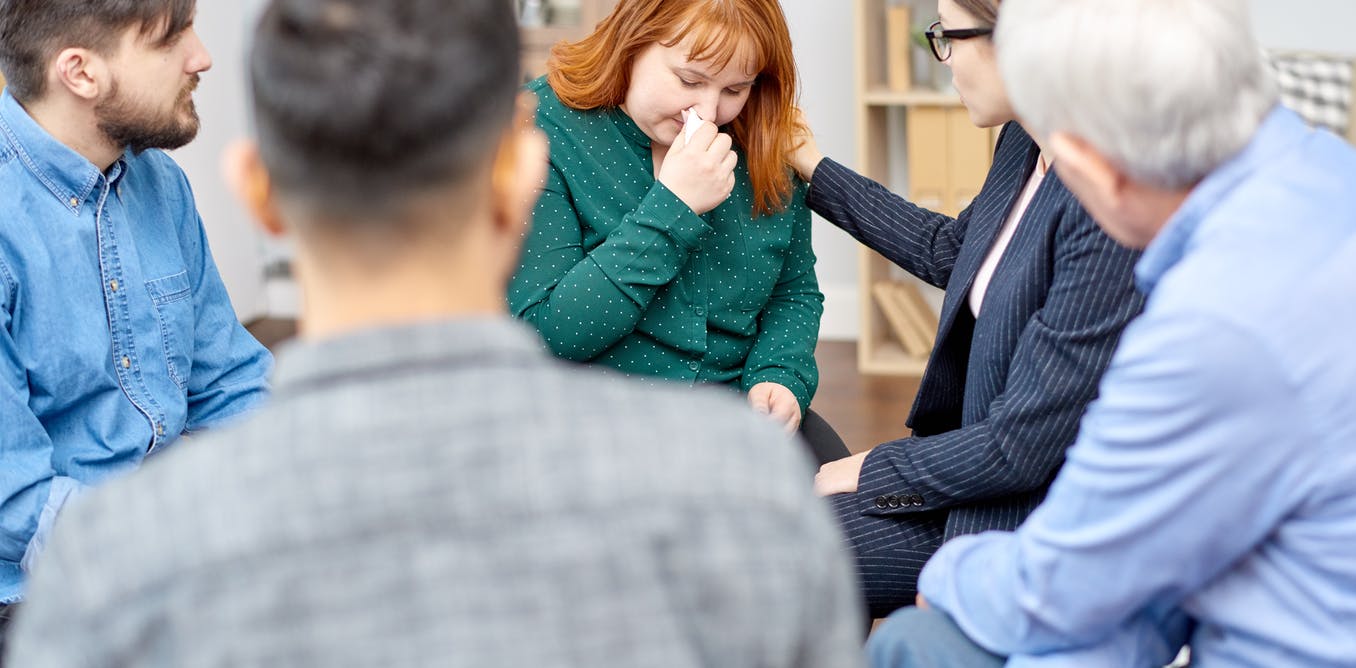

The public alcohol and drug system underfunds chronically. About 200,000 people receive treatment for alcohol or other drug problems each year, but the demand estimate at closer to 500,000. The result is long waiting lists for some publicly funded treatment, or people choosing private drug rehabilitation services to fill the gap.
But there is currently no overarching regulation of private alcohol and other drug treatment. This means anyone can set up private rehabilitation services, regardless of whether they have the skills, experience or qualifications to do so.
There are many good private alcohol and drug treatment providers, but lack of regulation means some unethical practices are being uncovered. So, if you’re looking for private drug treatment for yourself or a loved one, here are some things to keep in mind.
Types of drug rehabilitation:
When people hear “rehab” they usually think of residential rehabilitation, but rehabilitation options are much broader.
Treatment types vary by state, but the main ones are residential rehabilitation, day rehabilitation and outpatient treatment. The public and private sector both offer these treatment types.
Residential (live in) rehabilitation
Residential rehabilitation is the most intensive of the three, and requires a high level of commitment. It can go from a few weeks to a year or more, and much of the day is spent in either group or individual therapy, or working in the centre.
Some people may be ready for treatment but not for the level of intensity that requires them to live and negotiate interpersonal relationships with people they don’t know; and to be without the day-to-day support of family or friends.
Residential rehab can be a good option for people who don’t have a stable home situation, or who need a complete break from their environment, or as a step up when less intensive treatments have not been effective.
Day rehabilitation
This is where a person lives at home but attends treatment typically three to five days a week, for around six to eight weeks. The program is usually similar to residential rehabilitation, except you go home in the afternoon.
This can be a good option when someone doesn’t need or want the intensity of residential rehabilitation, has commitments that make it difficult to be away from home for long periods (such as kids), or as a step down when residential rehabilitation has finished.
Outpatient treatment
The most common outpatient treatment is counselling (group or individual talking therapy, typically occurring once a week for an hour at a time, for six to 12 weeks). It may also include case management (help with accessing other services such as housing, medical or mental health services) or pharmacotherapy (prescribed medicine, such as methadone for opiate dependence).
Outpatient treatment can be a good option for people who don’t want or need intensive treatment, have daytime commitments (such as work), or as a step down when day or residential rehabilitation has finished.
People with quite severe and complex problems can still do well in outpatient counselling, especially when they have good professional, community or family support. Severity of dependence isn’t a consistent predictor of treatment outcome.
The exact nature of these treatment types may differ between providers, whether they are in the public or private sector. So it’s worth knowing what evidence shows works when making a choice of treatment type and provider.
What we know works?
It may take a few attempts, but with the right treatment, most people recover from an alcohol or other drug problem.
An average of about three months of residential treatment seems to be effective. The optimal treatment time seems to be similar in non-residential treatment, suggesting a combination of residential and non-residential treatment might be effective over that time. But completing the treatment program and actively participating seem to be more important than treatment setting or length.
The completion rate for all treatment types among publicly funded services is about 65%, and the relapse rate after treatment of about 50% is similar to that of other types of chronic health conditions, such as asthma, high blood pressure and diabetes.
Programs that are one-size-fits-all or have overly punitive rules are less likely to be successful.
There should be regular individual counselling available, even when the program is primarily based on group therapy. Individual counselling is associated with better retention.
Involvement of families and partners in a person’s treatment generally results in better outcomes, so look for a program that has a well developed and integrated family program, beyond just information sessions and visits for family members.
Twelve-step groups like alcoholics anonymous, and more modern alternatives such as SMART Recovery, are peer support groups. They aren’t considered a treatment, and don’t need to be a compulsory part of a program. But they offer as additional support, which can be helpful when treatment finishes.
more recommended stories
 Safer Allogeneic Stem Cell Transplants with Treg Therapy
Safer Allogeneic Stem Cell Transplants with Treg TherapyA new preclinical study from the.
 Autoimmune Disorders: ADA2 as a Therapeutic Target
Autoimmune Disorders: ADA2 as a Therapeutic TargetAdenosine deaminase 2 (ADA2) has emerged.
 Kaempferol: A Breakthrough in Allergy Management
Kaempferol: A Breakthrough in Allergy ManagementKaempferol, a dietary flavonoid found in.
 Early Milk Cereal Drinks May Spur Infant Weight Gain
Early Milk Cereal Drinks May Spur Infant Weight GainNew research published in Acta Paediatrica.
 TaVNS: A Breakthrough for Chronic Insomnia Treatment
TaVNS: A Breakthrough for Chronic Insomnia TreatmentA recent study conducted by the.
 First-of-Its-Kind Gene-Edited Pig Kidney: Towana’s New Life
First-of-Its-Kind Gene-Edited Pig Kidney: Towana’s New LifeSurgeons at NYU Langone Health have.
 Just-in-Time Training Improves Success & Patient Safety
Just-in-Time Training Improves Success & Patient SafetyA study published in The BMJ.
 ChatGPT Excels in Medical Summaries, Lacks Field-Specific Relevance
ChatGPT Excels in Medical Summaries, Lacks Field-Specific RelevanceIn a recent study published in.
 Study finds automated decision minimizes high-risk medicine combinations in ICU patients
Study finds automated decision minimizes high-risk medicine combinations in ICU patientsA multicenter study coordinated by Amsterdam.
 Study Discovers Connection Between Omicron Infection and Brain Structure Changes in Men
Study Discovers Connection Between Omicron Infection and Brain Structure Changes in MenA recent study in the JAMA.


Leave a Comment